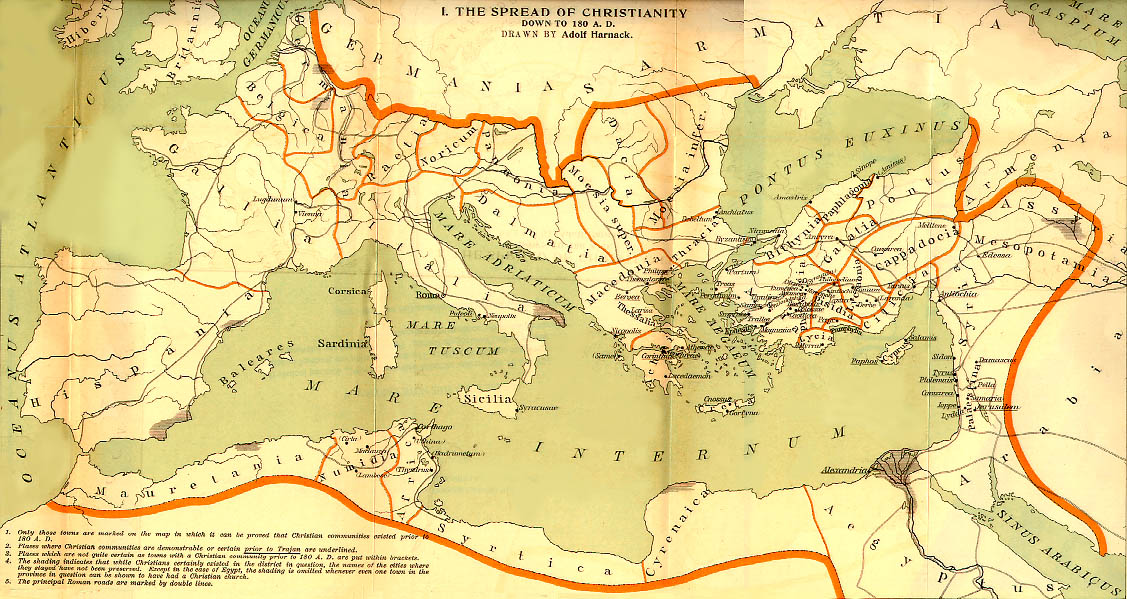Christianity is one of the world's largest and most influential religions. But how did it spread from a small group of followers in the first century to become a global faith? The answer lies in the journeys of the apostles, who traveled across the Mediterranean world to share the message of Jesus.
By mapping their journeys, we can gain a better understanding of the early spread of Christianity.
The apostle Paul is perhaps the most famous missionary in the early Christian church. He traveled extensively throughout the Mediterranean world, establishing churches and spreading the message of Jesus. By using maps, we can see the locations where Paul traveled, such as Corinth, Philippi, and Rome.
But Paul was not the only apostle who traveled to spread the message of Christianity. Peter, John, and James also traveled extensively, establishing churches and communities of believers in places like Jerusalem, Antioch, and Alexandria. By mapping their journeys, we can see the routes they took and the challenges they faced as they spread the message of Jesus.
Maps can also help us to understand the cultural and political contexts in which the apostles traveled. For example, we can see the locations of major cities like Athens and Rome, and how the apostles engaged with the intellectual and political leaders of these cities. We can also see the locations of major trade routes and how they contributed to the spread of Christianity.
In addition to maps, timelines can also be helpful in understanding the spread of Christianity. We can see the dates when the apostles traveled and established churches, and how these events fit into the larger narrative of Christian history.
Mapping the spread of Christianity can also help us to understand the diversity and complexity of early Christianity. By seeing the locations of different churches and communities, we can see how Christianity developed differently in different parts of the Mediterranean world. We can also see how Christianity was influenced by the cultures and religions of the places where it was established.
Mapping the spread of Christianity through the journeys of the apostles is an exciting and informative way to understand the early history of this global faith. By using maps and timelines, we can see the routes the apostles traveled, the locations of the churches they established, and the cultural and political contexts in which they operated.
So why not take a journey with the apostles and discover the early history of Christianity?




